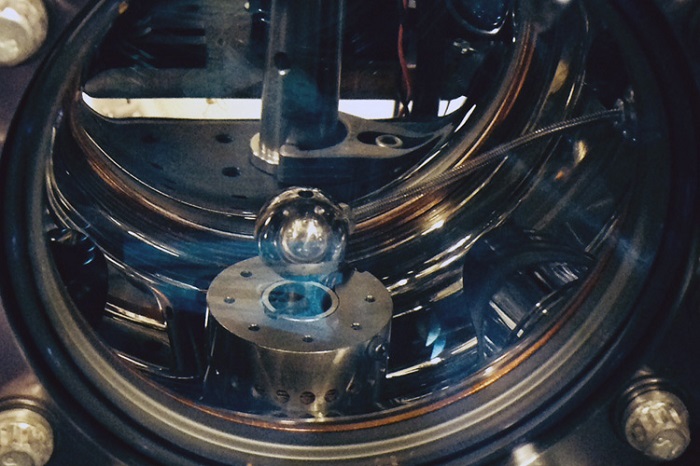Researchers plan experiment to expose a dark energy ‘chameleon’
According to a study released on Thursday by the Laurence Berkeley National Laboratory at the University of California, dark matter may be able to change its density and force based on the density of the object around it.
There’s a space villain out there responsible for ripping galaxies apart and stretching out the universe with inexorable efficiency. Researchers discovered dark energy for the first time 1998 after observing that the expansion rate of the universe was increasing at a very high rate. Some theorists suggest that dark energy could be woven into the universe’s fabric, a cosmological constant that the famous German theoretical physicist Albert Einstein introduced in his general relativity equations only to have it disavowed. Or it could be quintessence, represented by any number of hypothetical particles, including offspring of the Higgs boson.
Justin Khoury from the University of Pennsylvania said in 2004 that Dark Energy can’t be seen because it intentionally hides itself from us.
In a bid to reproduce the vacuum of space, the area where the force exerted by the hypothesized fields can be detected, Muller and UC Berkeley post-doctoral fellow Paul Hamilton constructed a vacuum chamber, which is about the size of a soccer ball, whose pressure was one-trillionth that of the Earth’s atmosphere.
One theory proposes how dark energy exists through a “chameleon” field where its power is generated depending on the environment that surrounds the dark energy. But the case is not the same in a laboratory setting where they would have a large mass and extremely small reach with matter all around. Despite the fact the almost 70 percent of the cosmos is dark energy, no one knows what it is made of, even though scientists have been proposing theories since it was first detected in 1998.
Müller said that the field of chameleon is light when it is in an empty space, but it becomes relatively heavy as soon as it enters a particular object.
Müller added that chameleon would only pull on the outermost nanometer. After many attempts, the existence of a chameleon field has not yet been proved and it still remains just a theory, but various teams of scientists continue their quest for the incomprehensible field.
The researchers carried out Burrage’s suggestion by dropping atoms of cesium on an aluminum sphere one inch in diameter. After that, they used sensitive lasers to identify forces of the atoms during their 0- to 20-millisecond free fall.
If such a force, propagated by hypothetical chameleon particles, is detected, it would be an example of a fifth force – beyond the strong and weak nuclear forces, and the gravitational and electromagnetic forces – in the universe.








